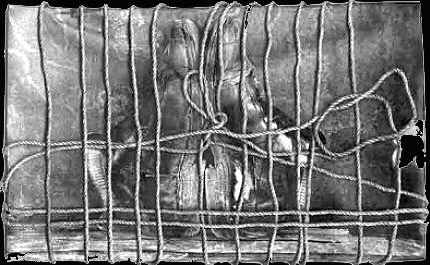Andrzej DUDEK DÜRER /1471- / believes in
reincarnation he is a personification of Albrecht DÜRER. His art activities are:
graphic, drawing, painting, photography, sculpture, action, music,environment,
metaphysical-telepathic activity, antypoetry, metaphysical instruments
construction, installation, video art another forms of realization. Since 1969
he has practiced the life performance The Art of Shoes, The Art of Trousers, The
Art of Life of Andrzej DUDEK-DÜRER (living sculpture) non-stop activity in the
places where the author appears."... Art for me is a way, a special possibility
of self-realization communication and cooperation... ALL MY LIFE IS ART..."
Andrzej DUDEK-DÜRER lived in isolation till 1978 and since 1979 he has
started project The Travel Art, first in Poland next in the West Europe, Mexico,
USA, Canada, Australia, New Zealand, Singapore, South Korea, performing his
LIVING ART i.e. exhibitions performances, lectures, workshops, video art. He is
initiator and coordinator of the International Metaphysical-Telepathic Projects.
He has exhibited on numerous individual and group shows in Poland and abroad.
His works are in many national and private collections e.g. National
Museum-Warsaw, Centro de Art.Actual - Barcelona, Stedlijk Museum - Amsterdam,
Museum of Modern Art - New York, Tate Gallery London, City Art Institute Library
- Sydney, The School of Art. Institute of Chicago.
Andrzej DUDEK-DÜRER
ul.Kolbuszewska 15/1 53-404 WROCLAW POLAND tel.+48/71/3613195 E-mail:

